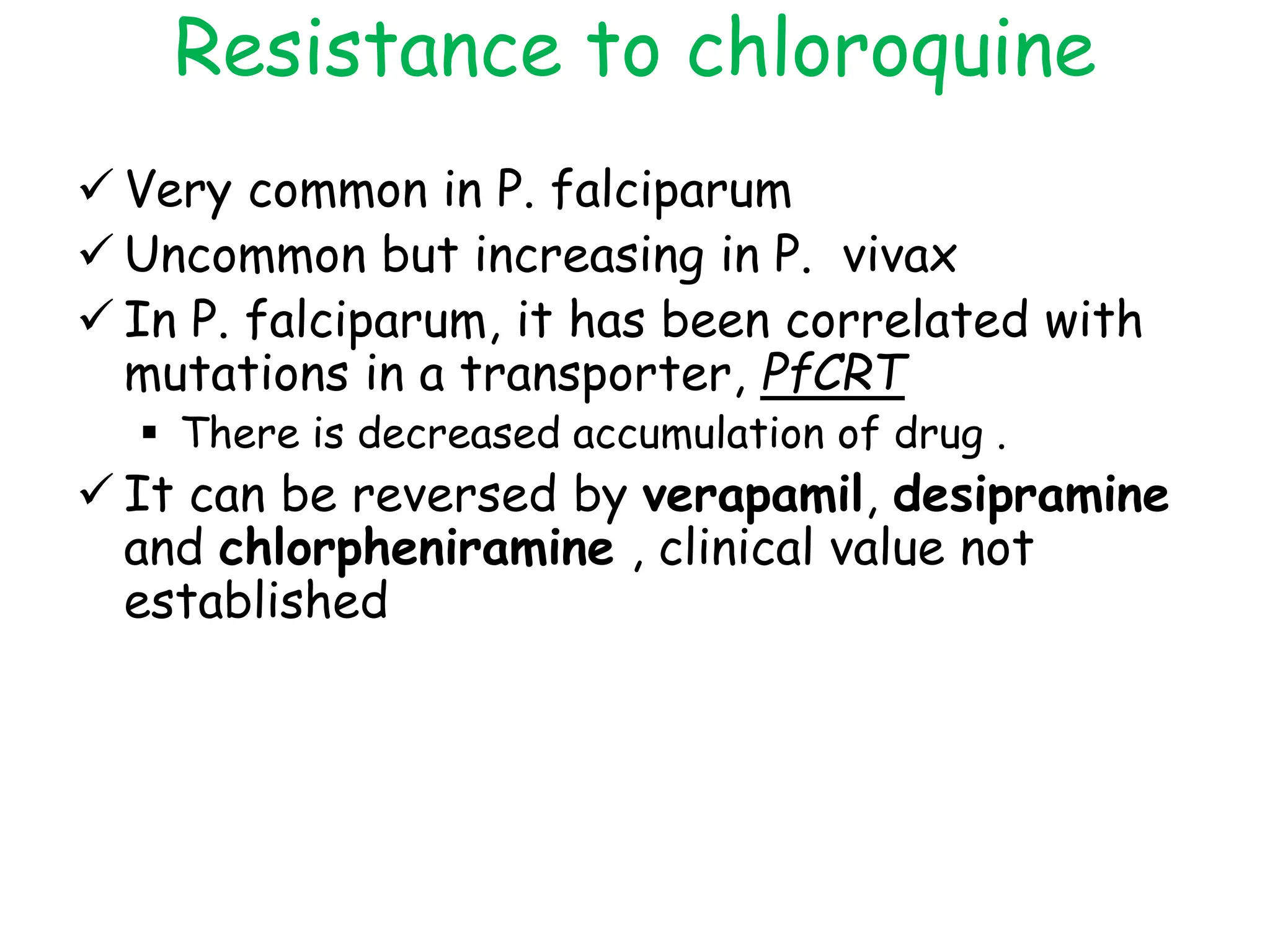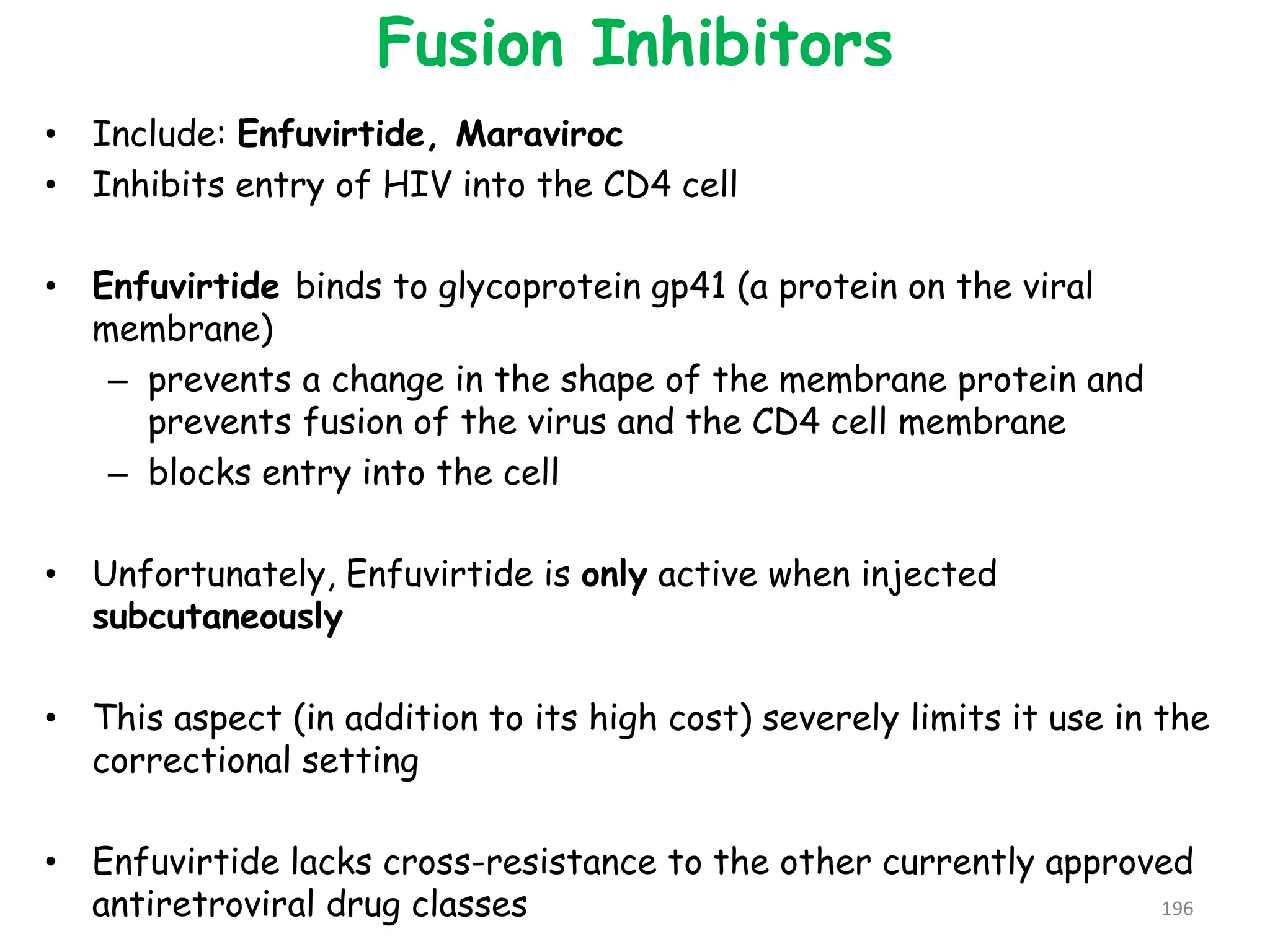This document provides an overview of chemotherapy and defines key terms related to antimicrobial drugs and chemotherapy. It discusses the classification of antimicrobial drugs by susceptible organisms and mechanism of action. Specific classes of antimicrobial drugs are described in detail, including beta-lactam antibiotics like penicillins and their mechanisms of action and resistance. Various penicillin subclasses such as natural penicillins, antistaphylococcal penicillins, aminopenicillins, and antipseudomonal penicillins are defined and their clinical uses outlined.































![β-Lactamase Inhibitor Combinations
• Several formulations combine a β-lactam antibiotic with a β-
lactamase inhibitor (ampicillin-sulbactam [Unasyn], ticarcillin-
clavulanic acid [Timentin], piperacillin-tazobactam [Zosyn], and
amoxicillin–clavulanic acid [Augmentin])
• All of the β-lactamase inhibitor combinations except amoxicillin-
clavulanic acid are parenteral formulations
• Elimination of the combination drugs occurs primarily by renal
excretion.
– require dose adjustments in patients with renal insufficiency
• Combination significantly broadens the spectrum of antibacterial
activity against β-lactamase-producing organisms
• These drugs have clinical use in treating infections with known or
suspected mixed bacterial flora, such as biliary infections, diabetic
foot ulcers, endomyometritis, and peritonitis
32](https://image.slidesharecdn.com/chemotherapyforpharmacystudents-240214115509-9f55f819/75/Chemotherapy-FOR-Pharmacy-Lab-Students-pptx-32-2048.jpg)






































































































































































